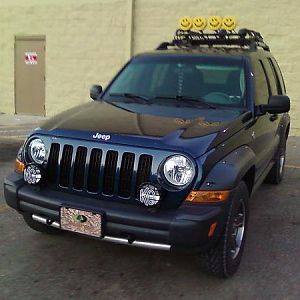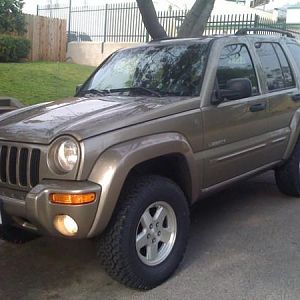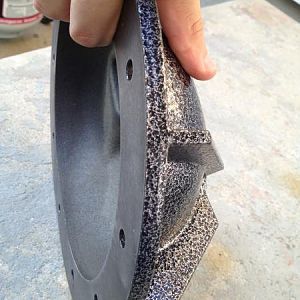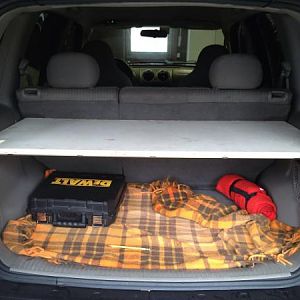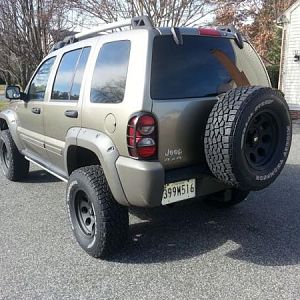This is interesting.........
http://www.justanswer.com/questions/1ynr0-find-flasher-relay-jeep-liberty
Thanks for that info.
My wife has a 2006 Liberty.
This morning the wife went to work and the turn signals will not work.
The left dash indicator stays lit along with the front and rear driver side indicators. Even with it shut off and the key removed all three remain lit.
When I push in the hazard switch the left dash, front driver and rear driver indicators remain lit. The right dash indicator as well as the passenger side front and rear indicators flash once. This happens with the key on or off.
The same thing happens, with the key on, when I move the turn signal lever to indicate a right turn.
When I move the turn signal lever to indicate a left turn the three lights just stay on and nothing else happens.
I think we are taking it in to our mechanic tommorrow.



